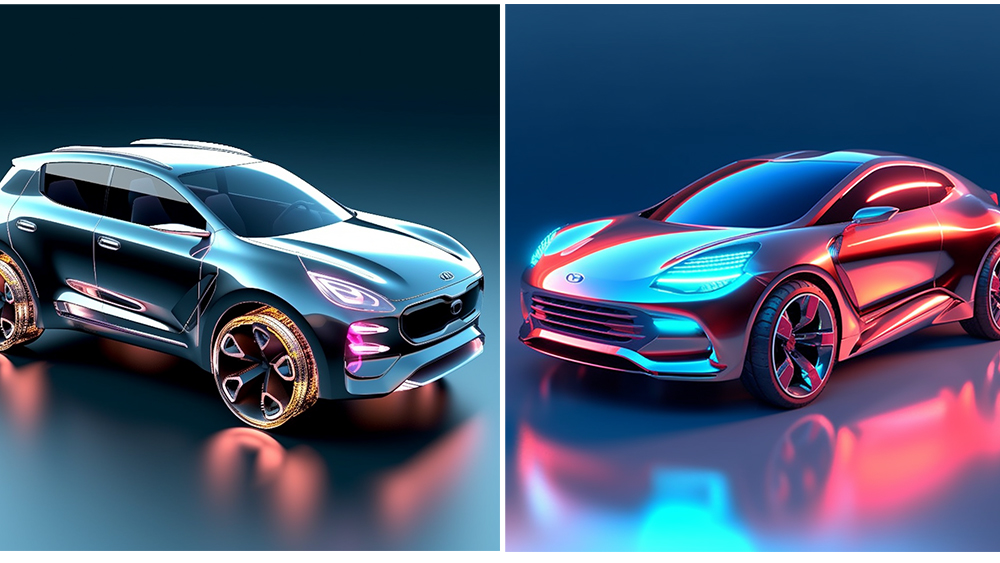
While generative AI continues to cause controversy, one thing that can't be denied is that it's providing a sudden bounty of riches for content marketers. Its ability to 'imagine' what a hypothetical product might look like can be used to quickly generate future-gazing content on everything from cars to homes, holiday destinations and potential collabs. But mainly cars.
In the latest example to arrive in our inbox, a leasing company has explored what several popular cars might look like in the future after their manufacturers incorporate generative AI into the design process. Perhaps unexpectedly it seems they'll look like they were designed by AI (see our guide to the best AI art generators and the best AI art tutorials if you want to try generating your own).
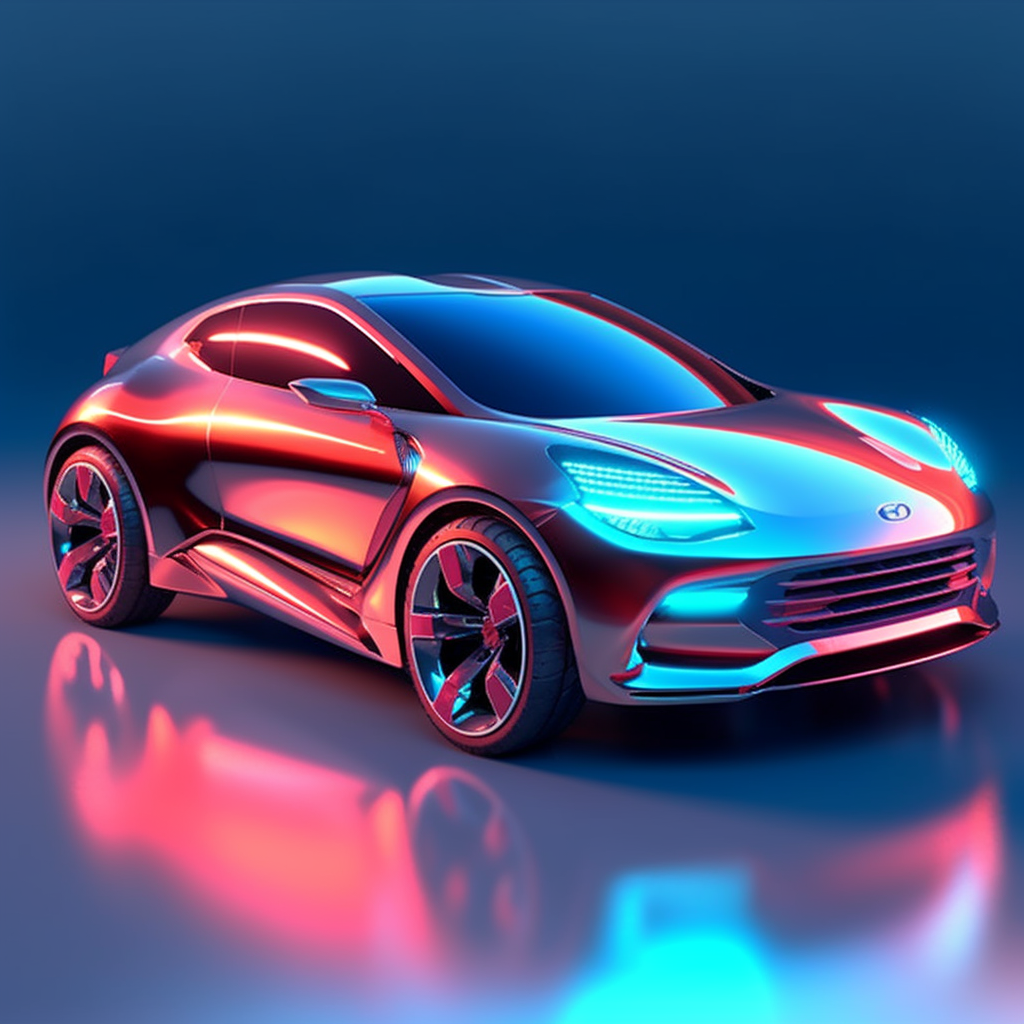
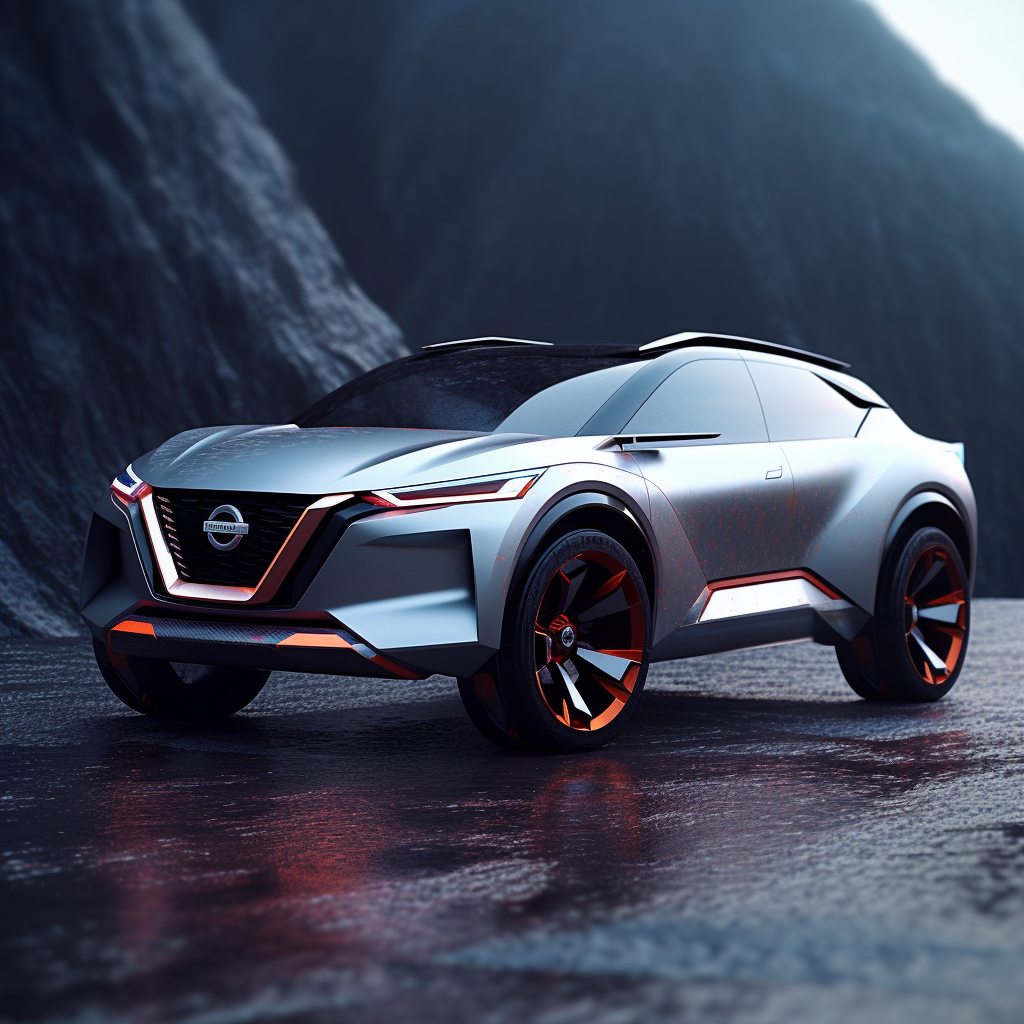
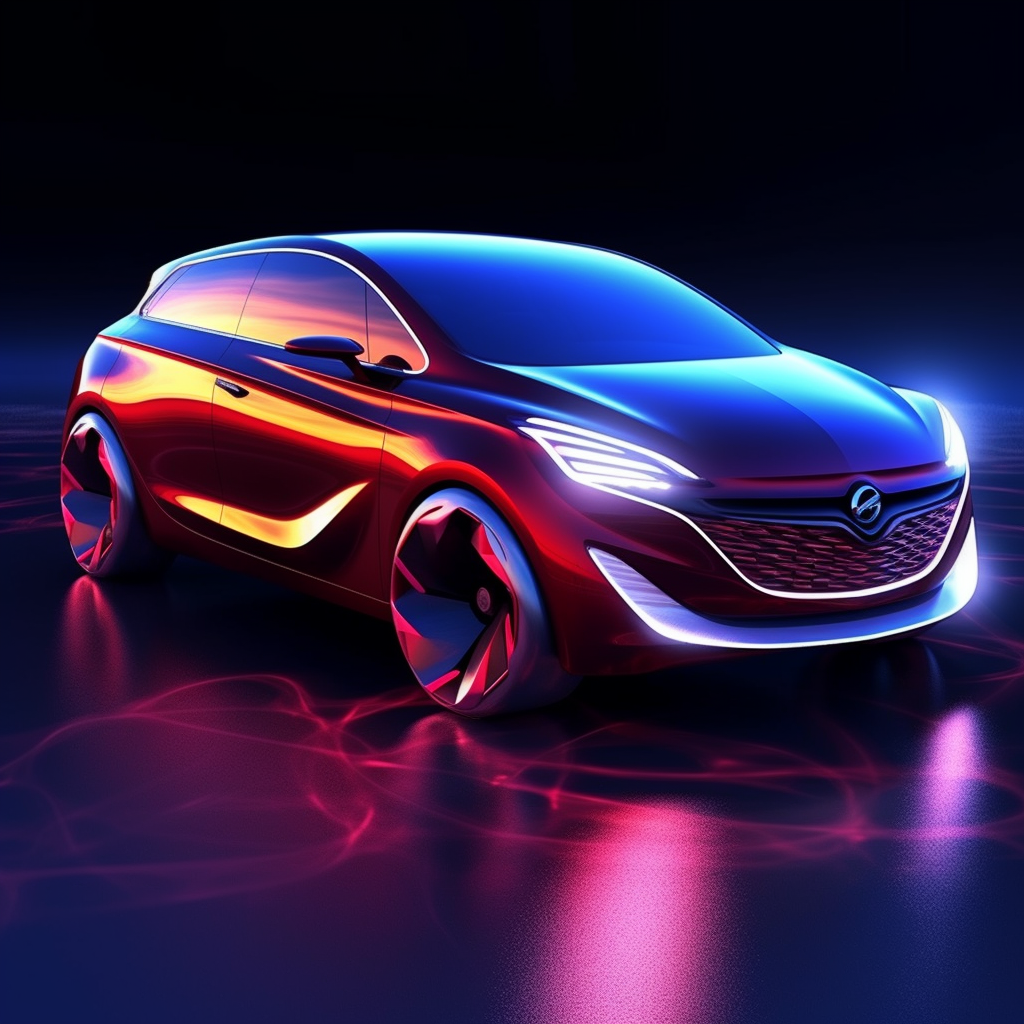
The companies Leasecar.uk and LeaseElectricCar.co.uk claim to have taken a leap forward to unveil the "AI designed cars of the future". It appears that they've used an AI image generator to create images of futuristic-looking versions of contemporary models, from the Vauxhall/Opel Corsa and Ford Fiesta to the Tesla Model Y.
They say the experiment shows how AI will revolutionise car design, massively reducing the cost of the process. Carmakers can spend over £2.5 billion on a single design, they say, but their own experts knocked up these designs in just minutes "mirroring the models that machine-learning tools will use to generate the cars of the future."
The Corsa gets more "aggressive masculine styling", which will apparently "reflect the tastes of future generations". The Kia Sportage gets larger stylish alloy wheels, and the Hyundai Tuscon gets a "futuristic front end". Basically, the cars of the future will be dynamic and aerodynamic (as you would hope for from products designed to move). They'll be more aggressive and will have big alloy wheels. And they'll be futuristic. Because they'll actually be in the future.
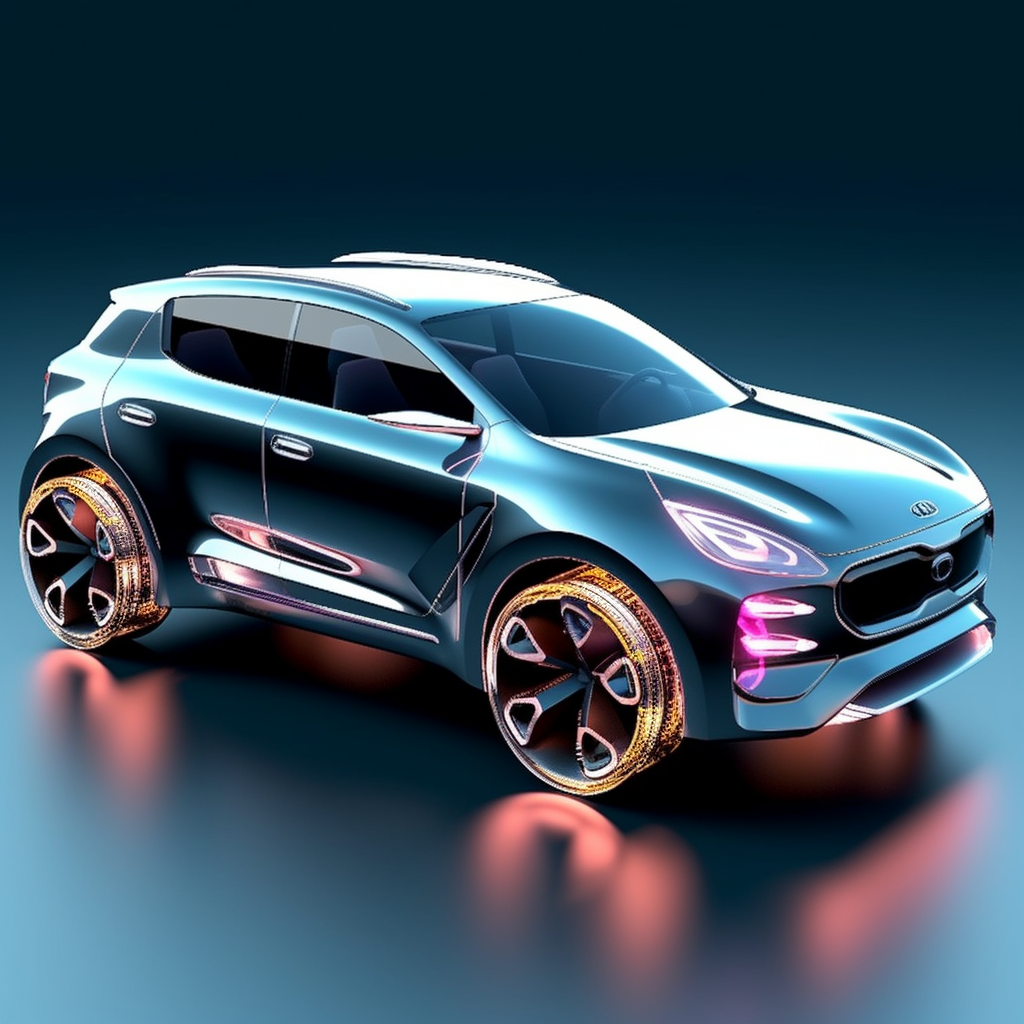
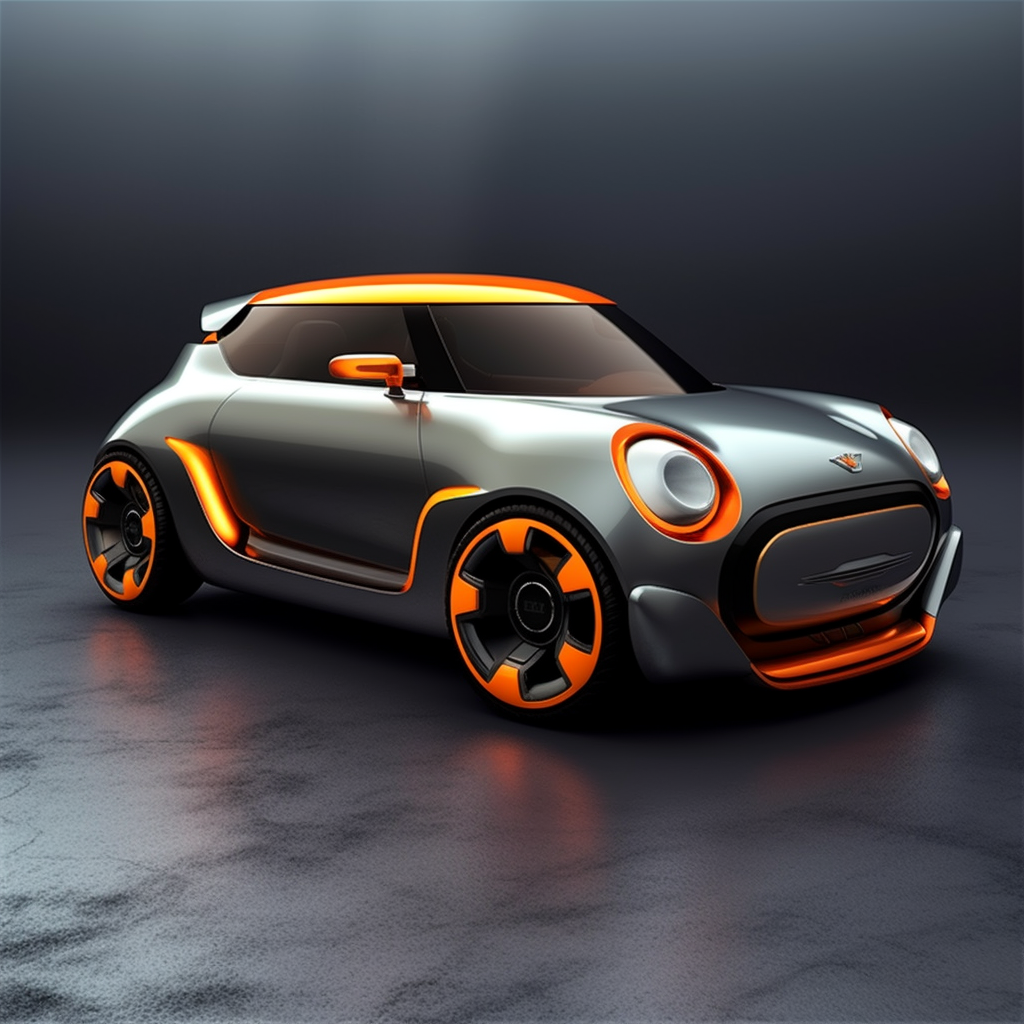
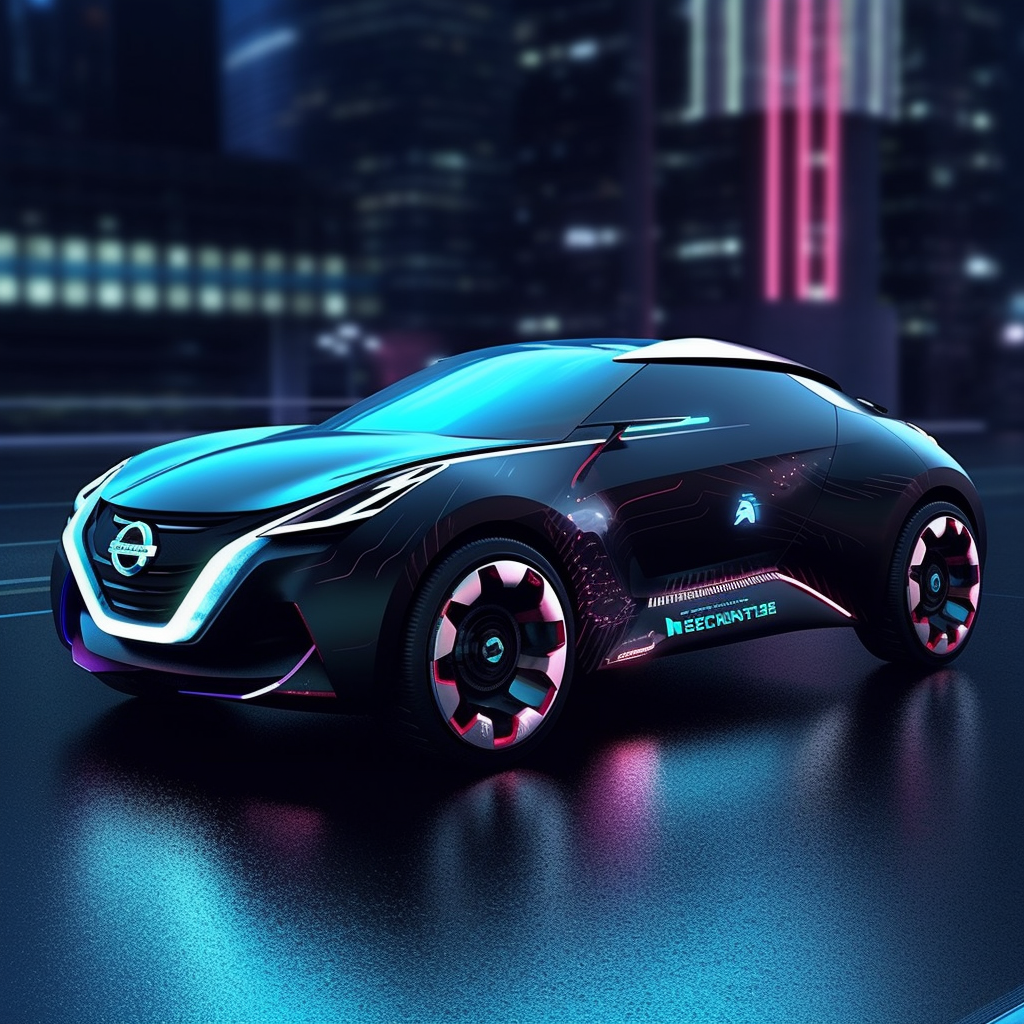
There are a few missing details in the analysis. The companies haven't detailed what models or prompts they used to create the images nor whether they attempted to guide the AI by requesting certain features or if they let it do its own thing based on very general prompts. I suspect that when it comes to using AI to design cars, manufacturers' own designers will take a more sophisticated approach than simply asking DALL-E 2 what a 'futuristic Mini' should look like.
There's also the bias that's inherent in AI. Since generative models can only produce images based on their own training data, their idea of a futuristic car will naturally look the way human artists have historically imagined futuristic cars. That's perhaps why most of these designs are all shiny surfaces and moody sci-fi lighting (we look forward to the changes in legislation required to allow vehicles to have magenta and teal headlights). The companies have also assumed car markers will still be producing their same models in the future when the Ford Fiesta has already been discontinued.
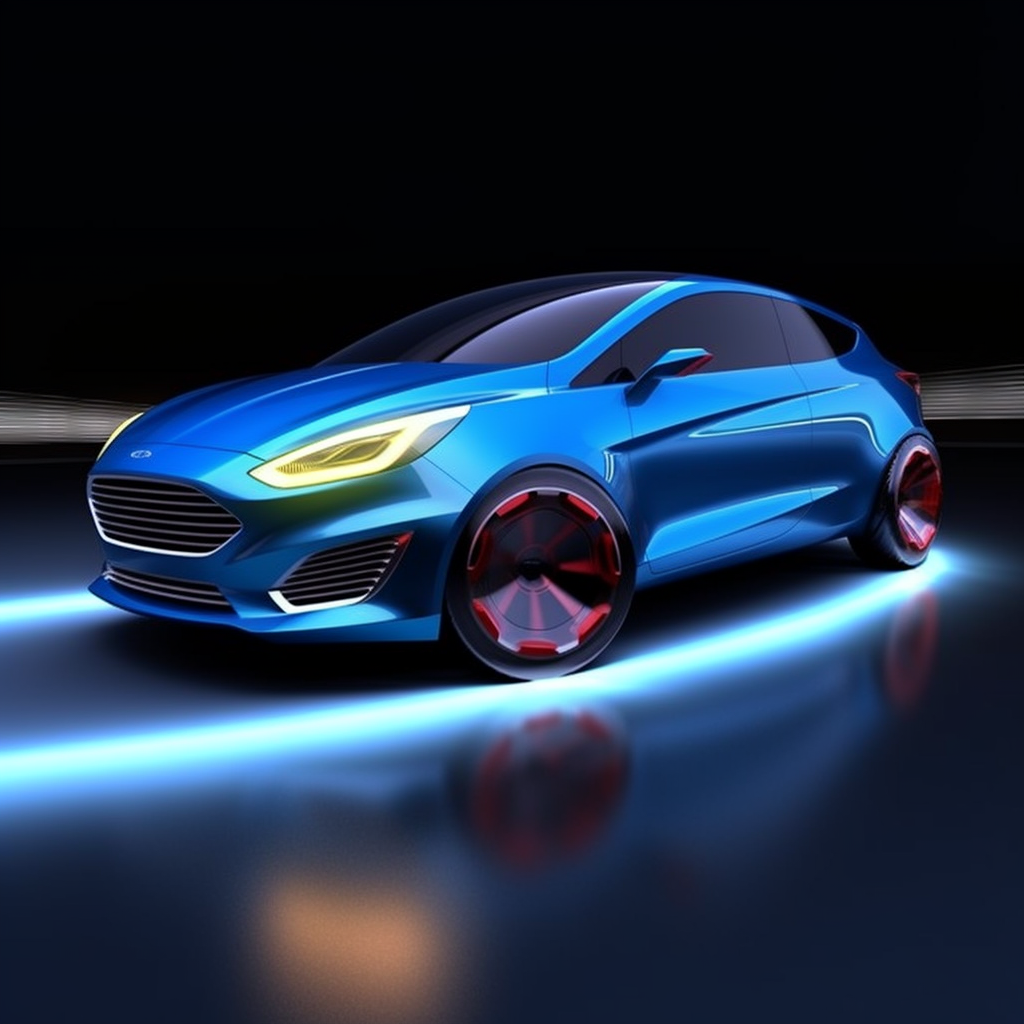
Tim Alcock of Leasecar.uk and LeaseElectricCar.co.uk said: “Already we are seeing AI text-to-image generators that allow users to create images by describing what they want to see using natural language. Aesthetically pleasing or aesthetically innovative models can now be created on a standard corporate laptop.
“As manufacturers continue to develop and utilise AI technology our cars of the future will not be created from multiple designs being run through consumer testing but by machines that understand what we are looking for in a car better than we do.”
It's not the first time we've seen marketing make use of AI to imagine cars of the future. Another company used AI to 'bring back' cars of the past. Meanwhile, another leasing company experimented to see what would happen if it combined the design of every car on the market. For car news that's very much of the present, see the new Jaguar Land Rover logo.






